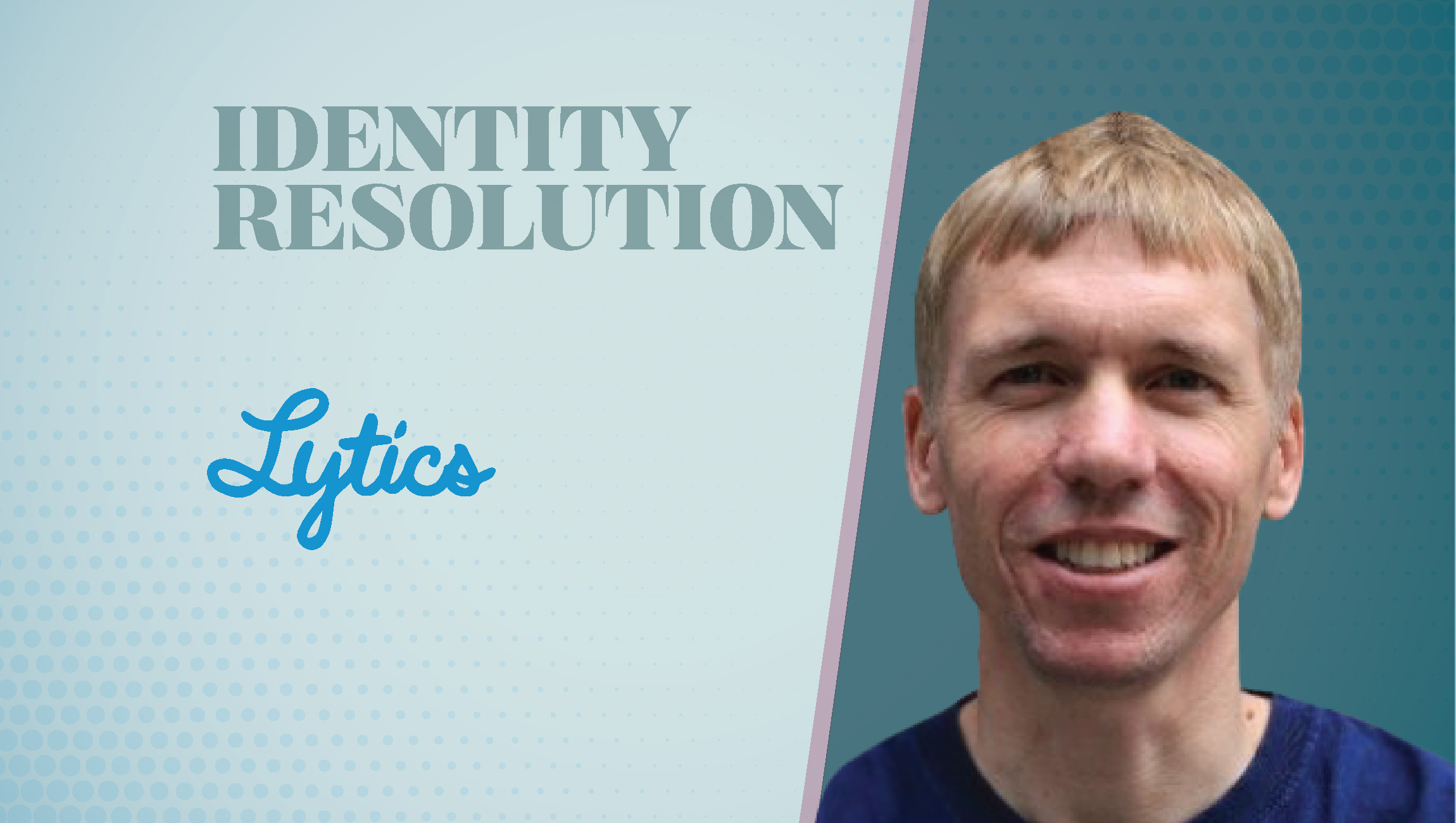Tell us about your role and the team/technology you handle at Lytics.
I am the Co-Founder and CTO of Lytics. Our technology is best characterized as a stream-processing engine, used to support real-time decision-making, and is built on top of a graph-database which allows linking facts/knowledge. Lytics uses many AI/ML sub-systems to allow interpretation of the data and decision-making. Our primary language is Go and we use AI/ML services from third-party vendors, including many from Google Cloud, open-source libraries and those proprietary to Lytics.
What runs the Lytics data engine?
The Lytics data engine is a distributed, real-time stream processing platform built on top of Google Cloud, using a graph-database technology. Our Stream processing has real-time enrichment capabilities (NLP, AI, ML) to provide a deep understanding of the user. We use third-party APIs such as Google NLP-AI and Google Knowledge Graph to add additional data points, making it easier to understand user behaviors, such as why they might engage with particular experiences (i.e. content, campaigns).
What is the current definition of Data Analytics for digital campaigns?
Today, the definition is generally composed of a variety of different analytics, which can be described as; a) campaign analytics from the channel tool itself, often targeted at the channel manager for direct metrics ( i.e. clicks, reach, opens, etc); b) broader analytics such as Google Analytics, Omniture, etc. that look at the effects of campaigns (i.e. most campaigns drive back to mobile/web from ads, emails, etc.); c) BI Analytics from aggregated data-warehouses, in which the data has often been consolidated from cross channels from BI tools (PowerBI, Looker, Tableau, etc) used to power analytics; d) Specialized analytics such as attribution, journey, etc.
What does it take for an organization to build true Customer Intelligence?
- The Insights and Actions must be connected.
- You must be able to understand why a user is clicking/converting, and what content is relevant to the individual user.
- You must be able to move beyond campaigns, which are still based on segments, to Marketing techniques that are one-on-one.
How do you differentiate between various data points- Audience, Customer, Intent, Sentiment, and Big Data?
We allow a variety of data points and have rich schema-catalog systems to allow that data model to be defined, yet still usable by the Machine Learning systems for interpretation. This is the most important step we see our competitors miss. It’s not so much about getting the data together, but understanding what the data is, and allowing it to be pre-processed for Machine Learning/AI for more interpretation and insights far beyond what we see from the original data.
How can marketers leverage Intent data and digital signals to obtain true Identity Resolution?
Identity Resolution is about allowing facts and information about users to be aggregated. It’s what helps us determine what movies, artists or articles a user likes. By looking at all signals a user has provided such as offers they clicked on in an email campaign, web data, and back-office subscription status, we’re able to join those three different systems with three different IDs to better determine a users identity.
Intent data is also often thought of as a purchased data product from a third party data seller, such as Bombora, Blue-kai or Liveramp, and is aggregated from multiple unknown sources. This quality is far less accurate than your own first-party-intent data, and third-party intent data is currently being degraded exponentially due to changes from Firefox, Chrome, and Safari as it relates to reducing third-party cookies.
Rather than looking at intent-data, we would look at “interest-data,” which digs deeper into understanding what a user is truly interested in. For example, interest-data tells us that if a user went out and bought vegan ice-cream, it’s very unlikely that they’d purchase leather shoes based on vegan tendencies.
How does Decision Optimization truly help Marketing Workflow? Tell us about the role of Big Data and Marketing Intelligence in this workflow.
Decision Optimization is about starting to change the Marketing workflow from asking yourself, “Who should I target (segment) this piece of content about topic X to,” to “Which of the many campaign-content items would be best to keep this user engaged and make them more likely to convert?” This makes the marketer workflow much easier, allowing them to focus on creating content, campaigns and creative, and get feedback from big-data about what consumers prefer. The most important part of the marketer workflow is determining how to make the necessary transition, and how to extract knowledge from the campaign to understand why a user is interested in those different pieces of content.
What are the challenges in fully maximizing media performance across digital platforms?
The primary challenge is transitioning to goal-based Marketing and allowing Marketing goals (i.e. become a subscriber) to provide automatic feedback into the decision-making tools on a per-user basis, instead of thinking in terms of segments.
Do you leverage AI ML algorithms at Lytics? If yes, tell us more about your AI research and analytics.
Yes, many parts of our platform leverage AI/ML, and there are at least 20 different areas where our AI/ML services provide intelligence. It’s important to understand why a user might be interested in a particular product or service, and in order to do so, you need rich AI/ML. We also use Decision Optimization, which allows for the introduction of new pieces of content within a journey, and we recommend products, content, articles and more to users based on algorithms.
How can an organization obtain a successful customer identity program?
The single biggest place we see organizations make mistakes in customer identity is thinking about analytics instead of user-experience. We often hear about a 360-degree view of a user but the user experience is paramount. If I’m using a platform, say Netflix for example, and I have three separate profiles, each of which I expect to be completely quarantined off from one another, then a business may join all three together for analytics purposes (total users or total households), but cannot for user experience. Each account must remain different to provide unique and personalized recommendations based on different user behaviors.
What impact does identity have on the customer journey and experience?
It is enabling technology to allow data from different channels to be used to optimize experiences.
Aaron Raddon is the Co-Founder and CTO of Lytics. Prior to Lytics, Aaron was a Software Engineer at Webtrends. He is an avid outdoorsman in his spare time.
Lytics helps enterprises automate personalized marketing experiences through the industry’s most advanced Customer Data Platform (CDP). Popular retailing, media, consumer goods, banking, and tech brands use Lytics to execute one-to-one marketing programs that their customers welcome.
The Lytics Customer Data (CDP) Platform, the company’s flagship product, was launched in October 2014. The Lytics CDP connects a company’s marketing data about customers and users from multiple sources (e.g., structured and unstructured data from tools, anonymous and known profiles, and other interactions and events from the marketing stack, sales, and support databases) and creates behavior-rich user segments (e.g., likely to churn, most active on mobile, coupon lover). These customer segments then sync with a company’s marketing tools (from web-site personalization and ad retargeting, to email marketing and content optimization) to improve marketing campaign results and reduce inefficiencies.












